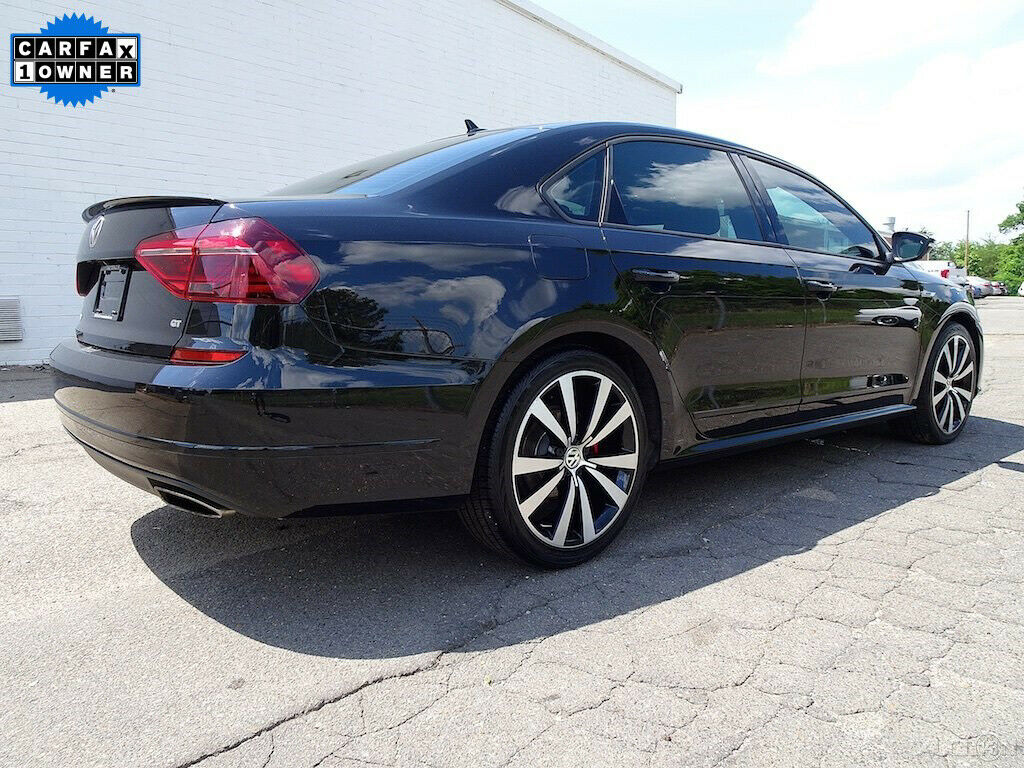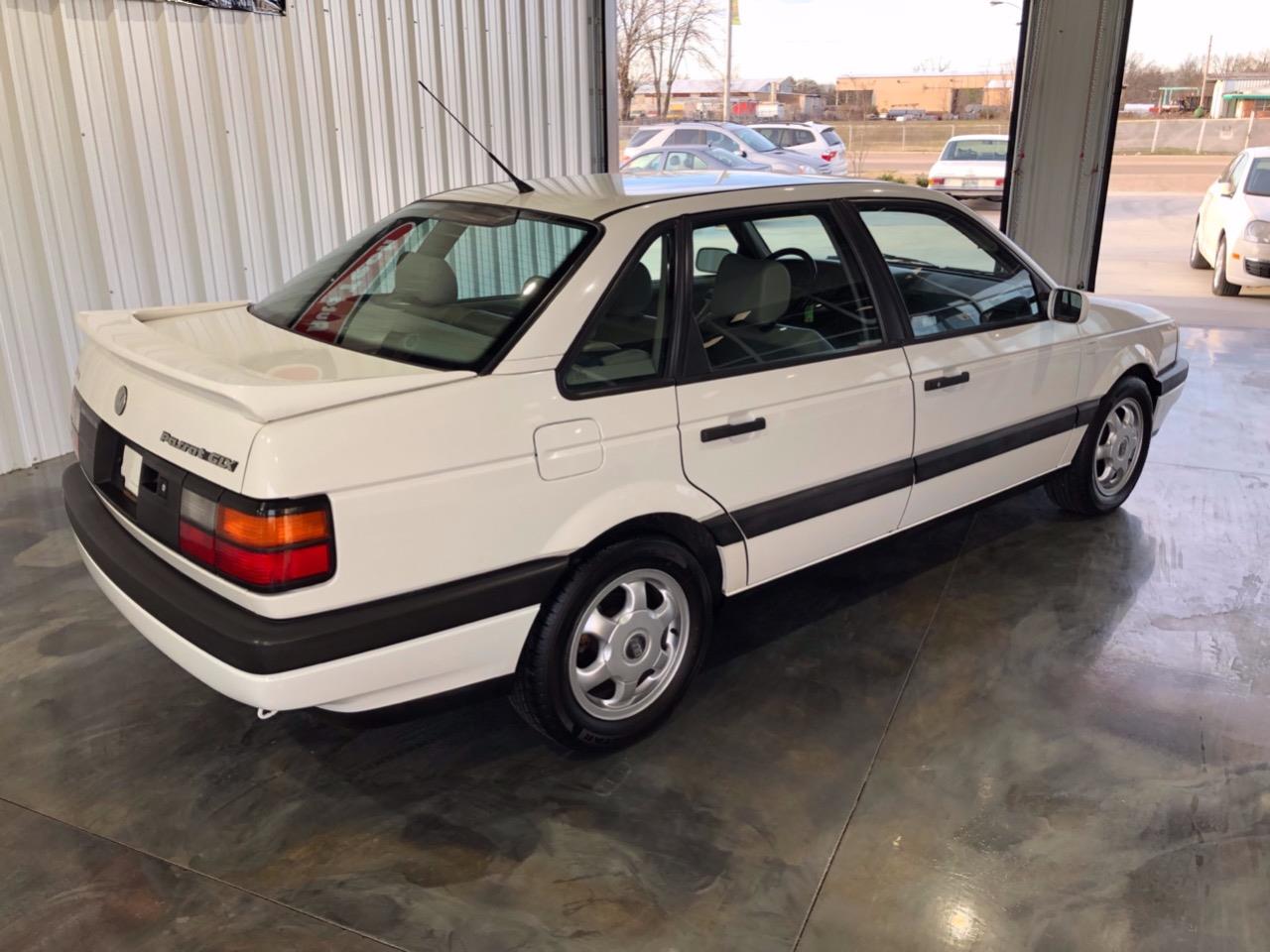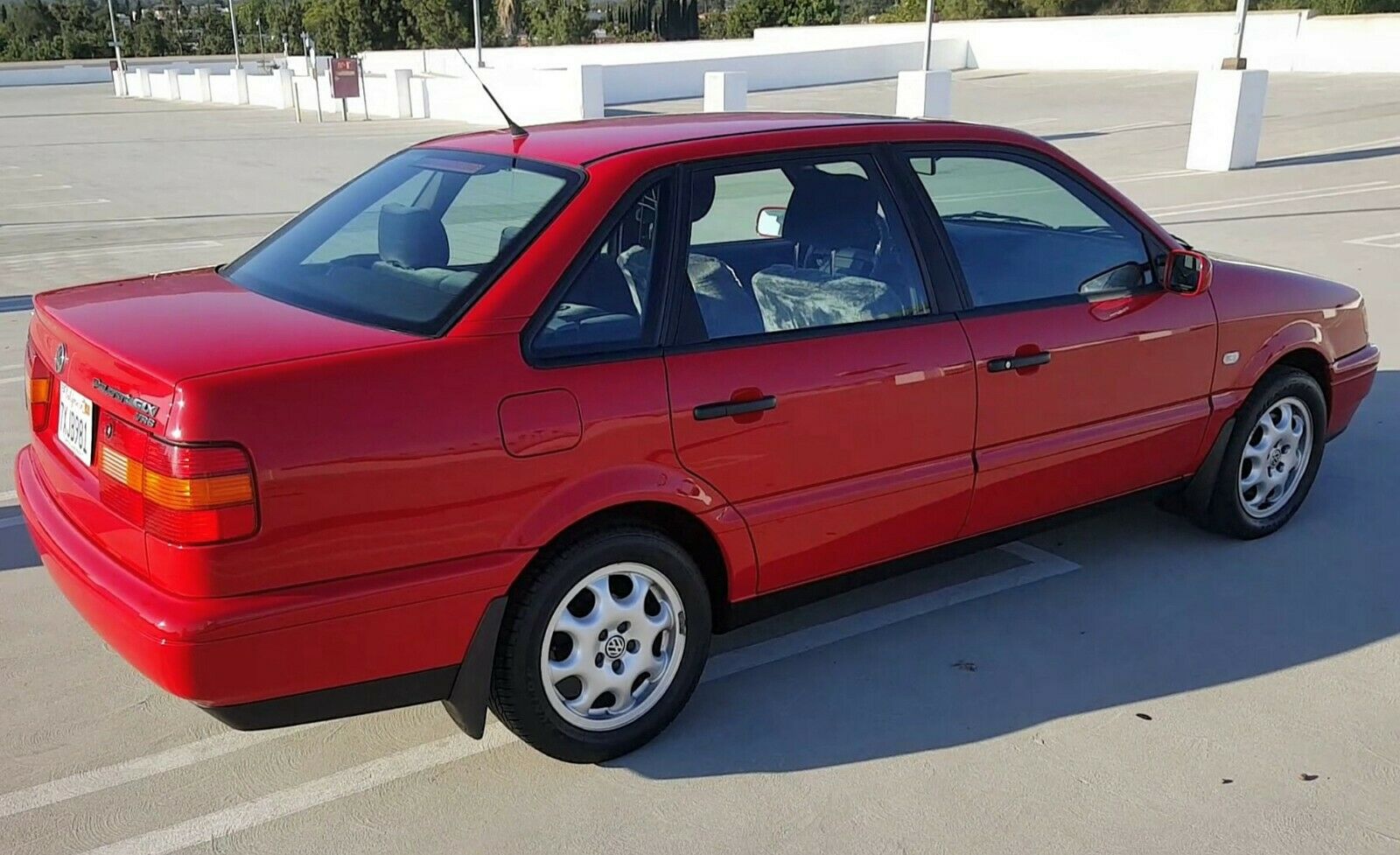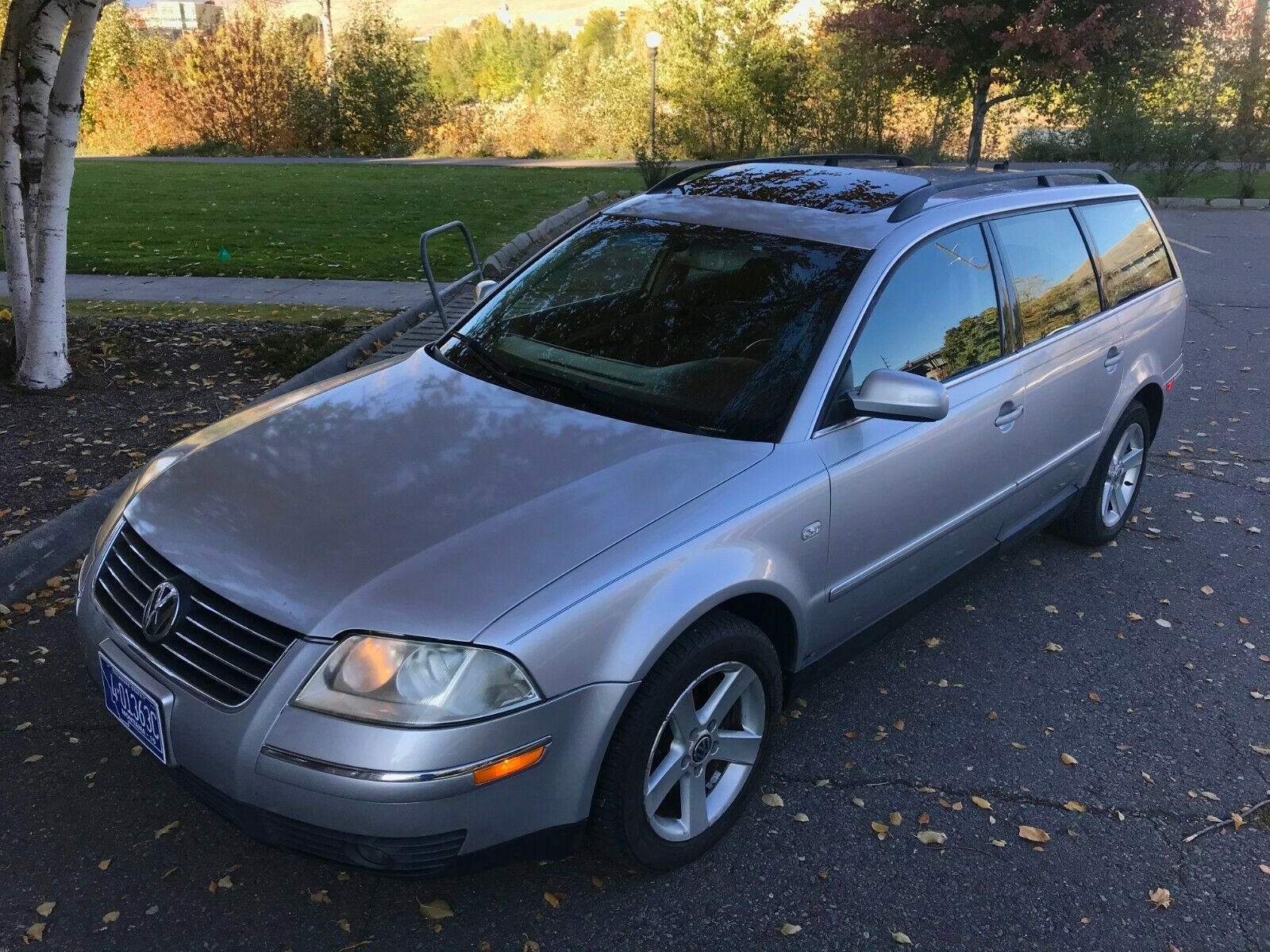When it comes to sporty wagons in the mid 2000s, your only options were really Audis and BMWs, right? Well, wrong – because Volkswagen dropped one pretty hot sleeper on our shores before elimination of the Passat wagon from the lineup. Granted, Volkswagen’s hottest entrant into the sport wagon market – the R36 – wouldn’t come here, but the normal 3.6 4Motion was darn close. With 280 horsepower on tap from the enlarged narrow-angle VR6 channeled through all four wheels, the unassuming Passat was the second most powerful wagon offered on these shores from VAG. Unless you spent another 50% to opt for the Audi S4 V8, this was as quick as US-bound German wagons got. Unlike the B5/5.5, the B6 chassis returned to the Golf-based platform as with the B3/4, which was both a blessing and a curse. From a performance standpoint the change was a good one, as many of the items intended for the R32 model worked on the Passat now. However, the change to transverse engine placement from the inline Audi setup in the B5/5.5 meant that the “true†quattro drivetrain in the earlier 4Motions was replaced by the Haldex setup found in the R32 and Audi TT. Is this the end of the world? No, not really, and in fact because of this change you can opt to alter the power distribution with aftermarket control units. These 3.6 models were expensive and fully loaded, so they’re somewhat infrequently seen and generally unknown and unappreciated even in the German-specific realm:
Tag: Passat
I know I just said that we were on Passat overload, so why are we here again? Well, I certainly haven’t written up many newer Passats. And, truth told, while competent the U.S.-specific B7 Passat hasn’t really given many reasons for fans to celebrate. Instead of leading the market, VW chose to give consumers what they thought consumers wanted. They reacted….sorta. B7 sales spiked with its introduction in 2012 to 125,000 until in the U.S.; respectable for what has always been a slow seller for the company. That was more than the B6 ever sold in a single year by a factor of 2.5, for example. But every year since has been a downward slope; 110,000 in 2013, 96,000 in 2014, 78,000 for 2015, 73,000 in 2016, 60,000 for 2017 and just 41,400 for 2018. Sure, sales of normal sedans are slipping all around. Compare that to the Honda Accord; a popular, “sporty” alternative, and it’s drawn into sharper contrast. In 2018, Honda sold 291,000 Accords. And that was an uncharacteristically bad year for the model.
So to help prop up sales towards the end of the B7 run, Volkswagen introduced new trim packages – no surprise there. And one came out in 2018 called the “GT”. Now, traditionally VW hasn’t done a stellar job on its GT packages, but hear me out on this one – because it’s pretty special. Outside, the Passat GT distinguished itself with red-trim grill like the GTI, blacked out roof panel and big dual exhaust. 19″ ‘Tornado’ wheels filled the lowered arches; the GT was a bit over half an inch lower with stiffer shocks. Inside, contrasting stitching and two-tone sport seats were met with carbon-like and aluminum trim. But the real news was what made this car sing; under the hood was the 3.6 liter DOHC 24 valve narrow-angle VR6 rated at 280 horsepower and barking through that big exhaust. Shifts were handled solely by the DSG 6-speed dual-clutch box, meaning lightning-fast changes and a manual mode. While VW has seldom given you something for nothing, the Passat GT also rang in as one of the cheapest 6-cylinder cars you could buy last year – base price was $29,995, making it one of just three sub-$30,000 sixes on the market. But today, you can grab one a whole lot cheaper:
CLICK FOR DETAILS: 2018 Volkswagen Passat GT on eBay
2 CommentsAt the risk of bordering on Passat overload, I want to take a look at another. VW’s radical redesign on the B3 resulted in a unique, angular look at still stands apart from the crowd today. And because the internals were based on VW’s A2 chassis like the Corrado, when the 2.8 VR6 debuted in the sporty coupe for ’92 it was only a matter of time until its four-door friend got it too. That happened in ’93 with the release of the GLX VR6.
To help distinguish the GLX from the 2.0 16V GL and GLS, the VR6 sported badges front and rear indicating the new motivation. 15″ BBS-made wheels hid upgraded 11″ brakes and ABS was standard, as was electronic traction control. The GLX got a unique bumper with integrated foglights, too, as well as a body color integrated rear spoiler on the trunklid. You could opt to have the GLX in Variant form as well – something unavailable on the GLS for ’93. GLXs came standard with premium sound and could be opted with an all-weather package and leather interior – options you couldn’t get on the base model. All this luxury added up in weight, and the GLX tipped the scales a full 200 lbs heavier than the base GL. But it more than made up for it with the extra 40 horsepower and heaps of torque from the 2.8 VR6. This was a two-year only model, as the B3 was shortly replaced with the heavily revised B4; of course, that coupled with VW’s early 90s sales slump means coming across a clean B3 VR6 like this Alpine White ’94 is something you don’t do every day:







